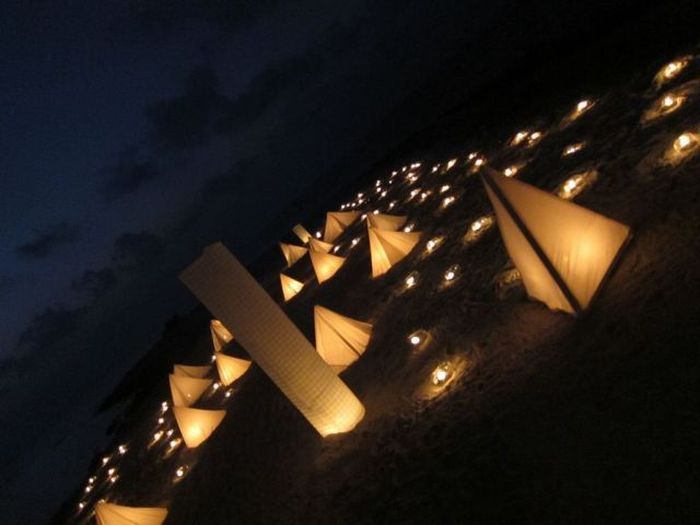|
|
Fairyland Proposall, Maldives, Indian Ocean
|
Economy
In ancient times the Maldives were renowned for cowry shells, coir rope, dried tuna fish (Maldive Fish), ambergris (Maavaharu) and coco de mer (Tavakkaashi). Local and foreign trading ships used to load these products in Sri Lanka and transport them to other harbors in the Indian Ocean.
Historically Maldives provided enormous quantities of cowry shells, an international currency of the early ages. From the 2nd century AD the islands were known as the 'Money Isles' by the Arabs. Monetaria moneta were used for centuries as a currency in Africa, and huge amounts of Maldivian cowries were introduced into Africa by western nations during the period of slave trade. The cowry is now the symbol of the Maldives Monetary Authority.
The Maldivian government began an economic reform program in 1989, initially by lifting import quotas and opening some exports to the private sector. Subsequently, it has liberalized regulations to allow more foreign investment. Real GDP growth averaged over 7.5% per year for more than a decade. Today, the Maldives' largest industry is tourism, accounting for 28% of GDP and more than 60% of the Maldives' foreign exchange receipts. Fishing is the second leading sector.
|
|









